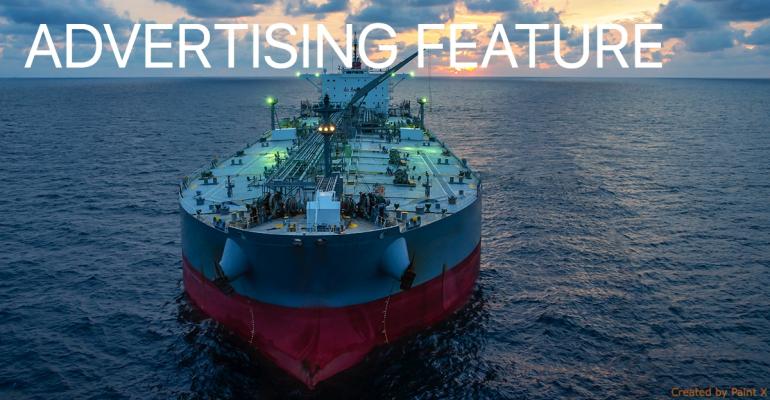The idea that electrochlorination is more suitable for large flows than UV technology has persisted since the early days of ballast water treatment. Indeed, the first generations of UV treatment systems were often larger and more power-intensive. But modern systems such as Alfa Laval PureBallast 3.1 are changing this preconception.
UV treatment systems now compete easily on power and footprint parameters, even at flows of 1500–3000 m3/h or above. As a result, their simplicity and lower operating costs are tipping the balance in major projects. Earlier this year, for example, Alfa Laval signed a deal to supply multiple vessels with PureBallast 3.1 systems for 3000 m3/h.
Power and footprint on equal footing
As many shipowners have realized, the power consumption of today’s UV and electrochlorination systems is similar in practice. Electrochlorination systems are dependent on seawater temperature and salinity, which means they use considerably more power in low-temperature or low-salinity conditions. PureBallast 3.1, as well as having effective power management, is certified for all water types and is completely unaffected by temperature or salinity.
In terms of footprint, UV systems can actually be smaller than electrochlorination systems. With a range of four different reactor sizes, PureBallast 3.1 can be optimally configured to match the vessel and its ballast water flow. In part because no heaters or major auxiliaries are needed, UV systems are also easier and less costly to install.
Operational advantages with UV technology
When power consumption and footprint are largely equivalent, the additional advantages of UV treatment become compelling arguments. With no chemical dosing or active substances to store and manage, UV treatment systems are safer and easier for the crew to operate. Likewise, they require no measures to prevent corrosion or neutralize residual oxidants. In total, such factors mean less risk, less maintenance and less operating cost for the vessel.
Making an informed decision
Given the advances of recent years and the complexity of ballast water management, ship owners are wise to inform themselves about the current capabilities of ballast water treatment systems. “Making sense of ballast water management”, a comprehensive guide that includes detailed evaluations of both UV and electrochlorination technologies, is available from Alfa Laval at the following link: http://www.alfalaval.com/pureballast/knowledge/
To learn more about Alfa Laval PureBallast 3.1 and Alfa Laval’s approach to ballast water treatment, visit www.alfalaval.com/pureballast
Copyright © 2024. All rights reserved. Seatrade, a trading name of Informa Markets (UK) Limited. Add Seatrade Maritime News to your Google News feed.


